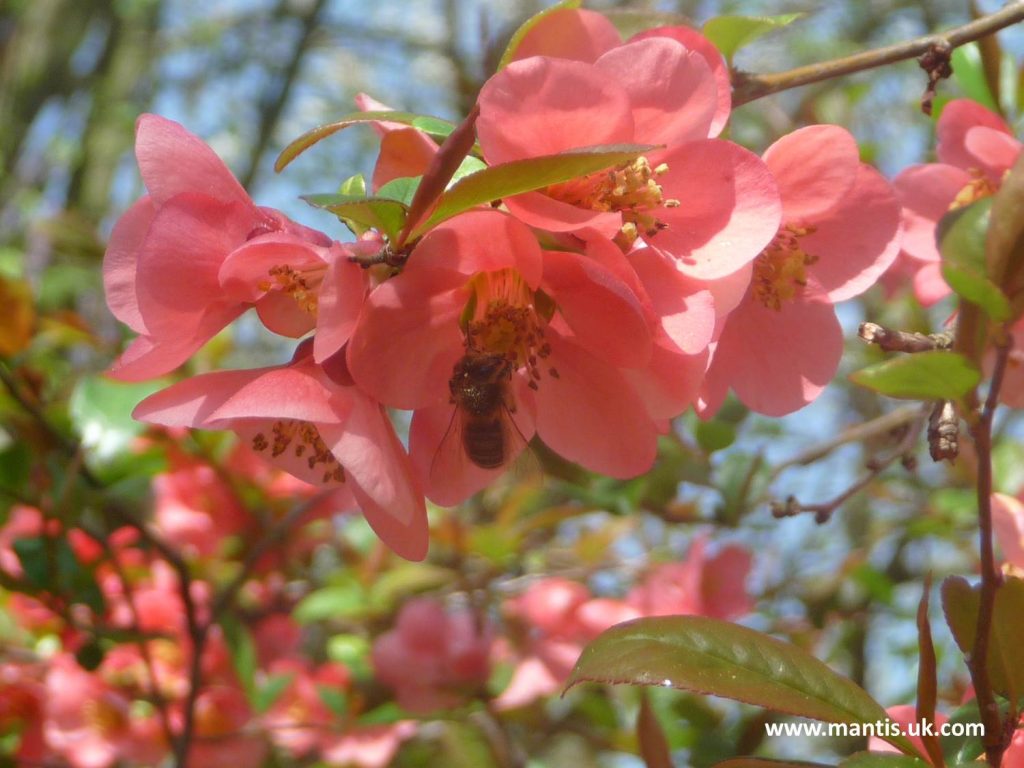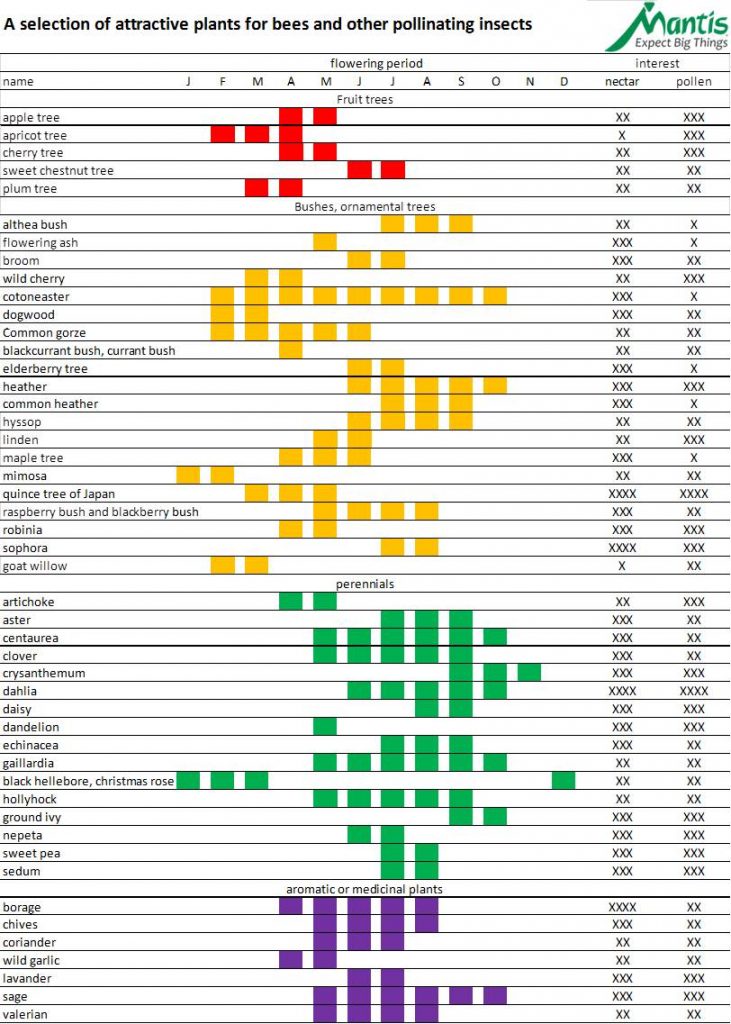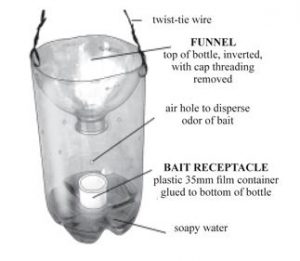“The way humanity manages or mismanages its nature-based assets, including pollinators, will in part define our collective future in the 21st century……The fact is that of the 100 crop species that provide 90 per cent of the world’s food, over 70 are pollinated by bees.”
– Achim Steiner, Executive Director UN Environment Programme (UNEP)
At Mantis, we share that perspective. Everyone, at their own level, can contribute to a better environment through the way we use our precious resources. Today, I would like to talk about protecting the bees, the number of which is decreasing every year.
The number of bee colonies is in decline and this is an increasingly serious matter. It’s a fact that, thanks to pollinating, bees are essential to the reproductive process of many vegetal species. Therefore, by extension, bees are necessary for the preservation of biodiversity and ultimately our food supply. Did you know that 1/3 of our food owes its formation to bee pollination and it is estimated that ¾ of agricultural crops in the world depend to some extent on bees…
It sends chills down the spine, doesn’t it?
The good news is that you can help the bees right from your home without ever leaving the garden. 🙂
You can help improve the mortality rate of bees and contribute to their good health by taking some simple steps.
-
Help the bees: banish fertilizers and pesticides from your garden
The primary cause of death among bees are pesticides, herbicides and chemical fertilizers. So, simply discontinue any use of these agents and consider natural treatments like our recipe for rhubarb manure: as a natural treatment against aphids, the carrot rust fly or the leek moth.
And make compost to reduce and recycle your vegetal waste 🙂
2. Help the bees: consider plants that attract them
Offer food to bees direct from your garden! When gardening, do not be afraid to pamper bees, bumblebees and marmalade overflies. These insects ensure the pollination of floral plants by transporting the pollen between the stamens and the pistil.
You actually take care for the bees when your garden offers them any number of flowering plants, flowers, shrubs and trees. You will find below a selection of plants that attract bees. They are classified by type: fruit trees, shrubs and ornamental trees, perennial plants and flowers and finally, aromatic and medicinal plants.
We choosed them for their capacity to produce nectar and pollen, the simplicity of their culture and/or for the flowering ability. Some of the most popular are perennials which require little maintenance. We have deliberately omitted interesting plants for bees which can be invasive such as the Japanese knotweed and the Jerusalem artichoke. Nonetheless there are plenty of flowering plants that thrive throughout the year that are hearty, pleasant and attractive to bees.
Note that simple flowers are not only great producers of nectar and pollen, but their flared corolla actually facilitates the access and the pollen-gathering of pollinating insects. The most beautiful examples are the asters, the Echinacea, the hollyhock and sunflowers.
Download a selection of attractive plants for bees and other pollinating insects
-
Provide a shelter for bees and other pollinating insects
Bees are not the only insects that pollinate. Four different families of insects can do this necessary job:
- Bees, bumblebees and wasps – also called hymenoptera ( but yes, not a welcome guest during a dinner party!)
- The large-bee flies and marmalade hoverflies –from the diptera order
- Butterflies and hawk moth – from the Lepidoptera order
- The beetles which are from the order Coleoptera
A shelter for these insects can be easily situated in a wild place in your garden where you can position a pile of wood (drilled with little holes) or tiles which can be used as protection from elements and other predators.
If you want to go a step further, you can make your own insect shelter or purchase one on-line to protect these insects as they come out in springtime to start their pollination of early flowering plants.
-
What about hunting the Asian hornet?
The Asian hornet, also called the yellow-legged hornet, has a black head and an orange face. He is a bit smaller than the European hornet and loves devouring bees.
To this point, the effectiveness of Asian hornet traps has not been conclusively proven. Nonetheless, you can simply monitor the trap several times a day and free the insects that you’re not targeting.
Find below, an example of a hornet trap.
Or visit National Bee Unit to find an interesting paper with an Asian hornet trap.
It is recommended that you hang this trap on a fence or tree (except flowering trees to avoid trapping pollinating insects).
Until the 1st of May, you can trap the queens from Asian hornet colonies. After that date, you may catch many native species (yellow hornets, wasps, etc.) It will be then better to remove the traps.
-
Help the bees: eat honey!
Nothing would influence the cause of bees and ensure the survival of the species better than helping to increase the demand for honey.
It’s simple market law while being quite virtuous. You can buy delicious honey – preferably produced in your local area- to support local beekeepers. Honey, especially organic honey, is nutritionally superior to refined white sugar in terms of vitamins B and C. Not to mention how much better tasting! Moreover, depending on the plant it comes from, honey can come in a wide range of tastes: multi-flower, acacia, pine tree…
Finally, honey is well-known for its antiseptic and healing properties.
There are many good reasons to help the bees – let’s do it! 🙂




Leave a Reply